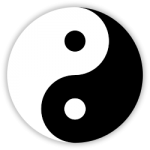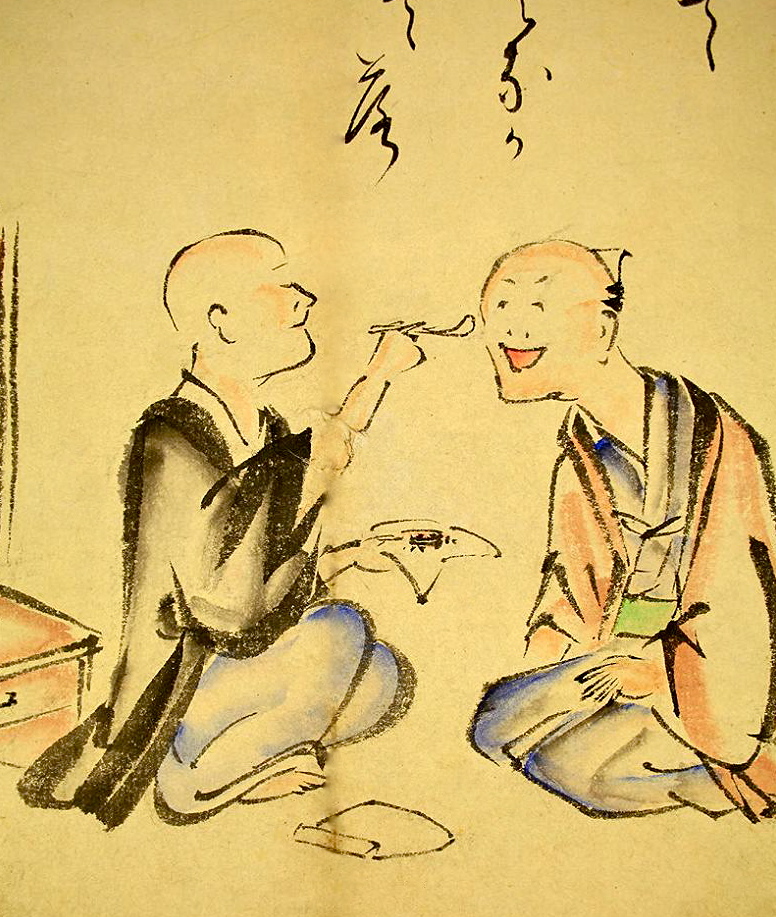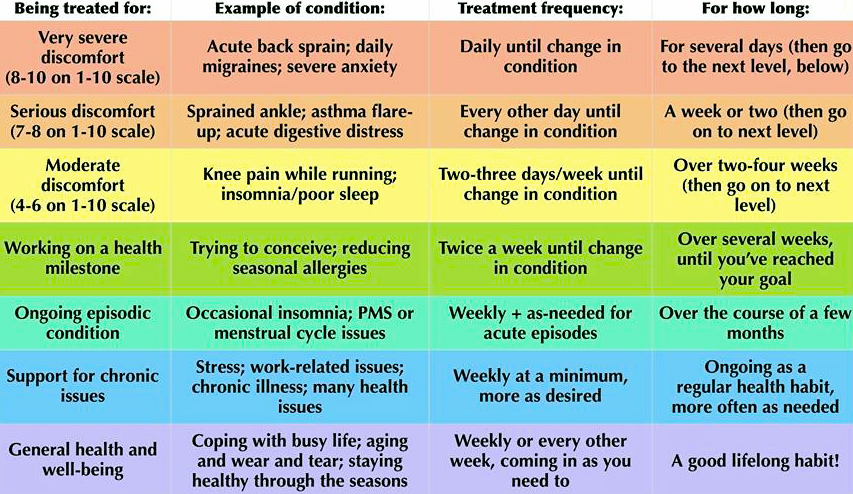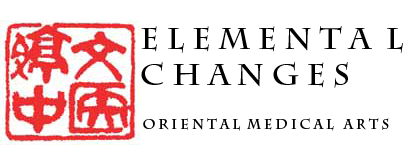✍️Wendy Brown, Lic. Ac.
Congee, also known as Jook, is a long-cooked rice porridge that conveys notable nutritive effects to the Spleen and Stomach Qi, which are the roots of postnatal Qi, acquired from what is digested, and known in Chinese medicine as Gu Qi. Congee is a simple food that promotes the prosperity of good health. Congee is often a perfect food for introducing infants to solid food. Congee is essential for everyone, from our pediatric friends to elders, people of delicate constitutions, and everyone in between. There is a Chinese adage: “One receives more health benefits by eating congee to their fill than by drinking of any amount of Chinese medicinal wine”. Eating healthy, well-prepared food requires some planning but is the only way to maintain the health of Spleen and Stomach Qi, produce Blood, and nourish Body-Mind-Spirit.
Try this stovetop recipe for starters
1 Part Organic (Sushi or Short Grain) White Rice to 8 Parts Water – so, 3/4 cups of rice to 6 cups of water, etc. Bring rice and water to a boil, then down to the lowest simmer. Cook for 4 hours on the stove with the lid on the pot. To provide a nourishing breakfast, a crockpot may be used to cook congee overnight. Set the crock pot on low for 8 hours.
Depending upon the condition of the person, the following are nice additions to breakfast congee:
6 grams of Cinnamon, 6 slices of fresh Ginger Root,
3 Red Dates, 2 tablespoons of Honey, 6 mashed Walnut halves

There are many medicinal foods that you can add to congee for various health benefits. For example, rich in nutrients of vitamin C and calcium, and sweet, astringent, and cold in therapeutic nature, persimmon enters the lung, spleen, and stomach meridians. Directing stomach Qi downward, it treats epigastric pain, hiccups and belching, mouth ulcers, and high blood pressure. Persimmon fruit (much like loquat, lily bulb, and fig, which are also congee additions one could opt for) engenders essential Yin fluids that moisten the lungs and help to treat a dry, painful throat. Fortifying the spleen, Persimmon also treats dysentery and some lower G.I. bleeding.
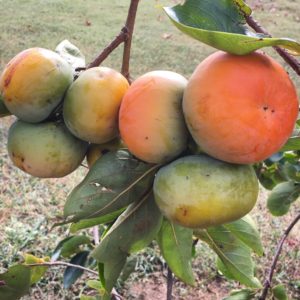
A profusion of ripening persimmon fruit in the garden. Mother Nature’s abundance! Image ©W.Brown
Pearl and Jade Breakfast Congee
Here is a fortifying cool-weather congee recipe using persimmon and other herbs to supplement Yang, boost Heart, Lung, and Kidneys, and warm the extremities. It enriches the Lungs, Spleen, and Expels Phlegm
9-18 grams Chinese White Yam (Shan Yao)
9-18 grams Job’s Tears (Yi Yi Ren)
5-12 grams Persimmon Fruit (Shi Di)
1 Part Organic White Rice to 8 Parts Water. Bring rice and water to a boil, then down to the lowest simmer. Cook on very low or simmer for 4 hours with the lid on the pot. If using a crock pot, congee can be left cooking overnight for 8 hours on the low setting.
Regurgitation, Reflux, and Damage from Food Stasis (Add-in) 3 grams Hawthorn (Shan Zha), 10 grams Tangerine Peel (Ju Pi), 5 Pieces Red Date (Hong Zao), 5-12 grams Persimmon Fruit soaked in warm to hot water for 10 minutes first, Honey (Feng Mi) to taste.
Harmonize Digestion Following Cold Illness (Add-in) 10 grams Tea Leaves (Folium Camellia Thea), 3 Slices Ginger (Sheng Jiang), 2-3 Clove Buds (Ding Xiang), 5-12 grams Persimmon Fruit soaked in warm to hot water for 10 minutes first, Honey (Feng Mi) to taste.
Useful References
Chinese Medicinal Teas: Simple, Proven, Folk Formulas for Common Diseases, By Xiao-Fan Zong and Gary Liscum.
The Book of Jook: Chinese Medicinal Porridges, By Bob Flaws.
Contraindication
Simple congee is a perfect food, although rice, before long cooking time, disinhibits water and is thus mildly diuretic. Mung, Adzuki, and fermented beans are also lightly diuretic and should not be added to congee in wintertime as these medicinal foods will further add to draining valuable Yang Qi, particularly in people who exhibit urinary frequency. Use all medicinal substances and methods with care and proper understanding.
This-> www.ElementalChanges.com Congee is an example of the consistency I aspire towards when making congee. The very smooth, cream-like texture requires adding more water on an hourly basis and more hours of simmering, which many will not wish to undertake. All congee variations hold nutritional and healing properties, so enjoy what yours turns out to be.
Health and Best Wishes
Please Enjoy & Share
